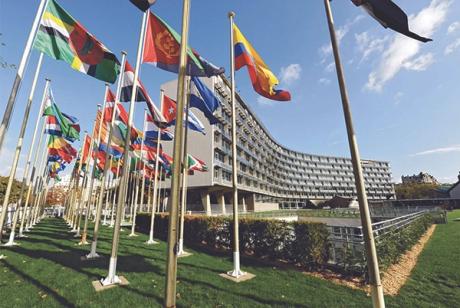
According to a new study published by Unesco exploring ways to improve the safety of artists, artists enjoy less protection in their freedom of expression than journalists, despite facing many of the same threat.
In 2021, there were 1,200 attacks on artists worldwide, with 39 deaths. “These figures are the tangible sign of a desire to silence and control artists – for the same reasons that journalists are targeted”, writes Audrey Azoulay, the director general of Unesco, in a preface to the report. . “The time has come to address this subject, with the same determination that the international community has shown for the protection of journalists.
Threats to artistic expression examined in the study include harassment and violence, lawsuits under charges such as libel and blasphemy or under vague laws that allude to terrorism, national security, public order, hate speech, public morals or traditional values. The rise in threats and attacks against artists and cultural professionals “leads to self-censorship and hampers democratic debate and access to artistic work”, according to the report.
Like journalists, artists are often among the first groups to experience violations of their right to freedom of expression during emergencies, such as the coronavirus pandemic, the report said.
But unlike journalists, “they are not considered a priority group under international law, their role in society is less recognized and the support they can access is more limited,” the authors write.
The study looked at the work of groups such as Finland-based Perpetuum Mobile/Artists at Risk, a network that identifies persecuted artists and facilitates their safe passage to residencies in other countries, and lawyers from Avant-Garde, a network of art law and free speech lawyers who agree to work on a voluntary basis to help artists.
However, journalists tend to be more aware of the organizations and mechanisms they can turn to if their rights are threatened, while artists “remain mostly in the dark”, the study says, calling for a greater collaboration between organizations protecting journalists and artists.
Unesco supports artists in Afghanistan and Ukraine, but “we could go further”, Azoulay said. Over the past ten years, he has monitored and denounced the killings of journalists and contributed to the development of national standards for the protection of journalists within the framework of the United Nations Plan of Action on the Safety of Journalists and the Issue of impunity.
“Normative and operational measures like these could also be rolled out for artists,” Azoulay wrote.
